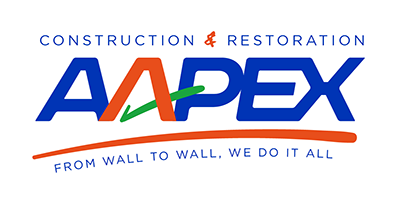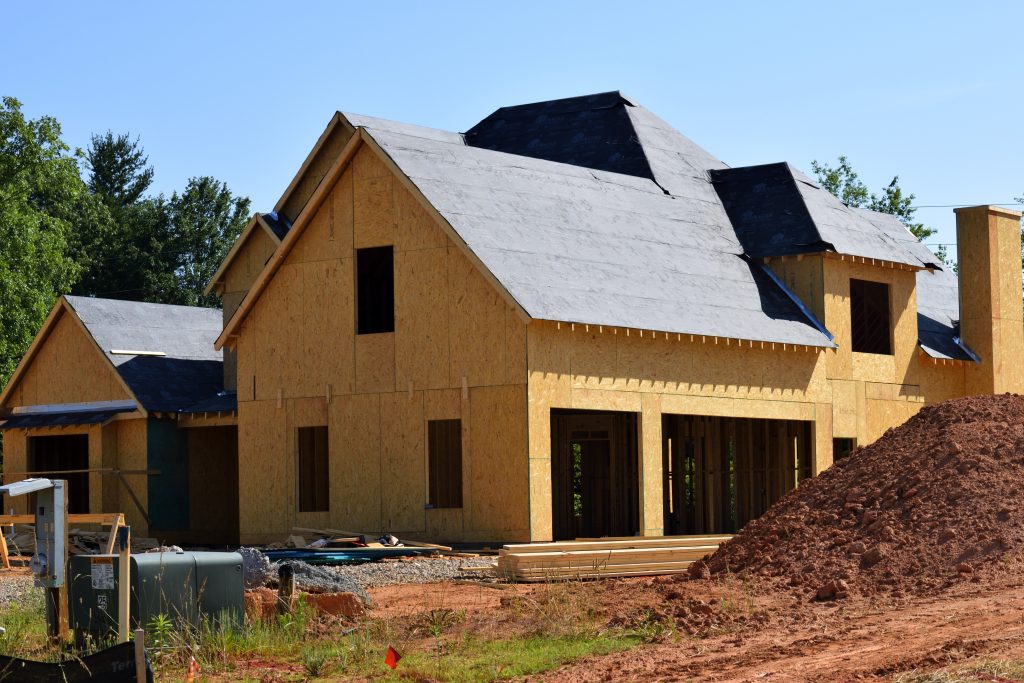Roofing underlayment is a frequently overlooked component of the roof by homeowners, and yet, the underlayment serves a crucial role in protecting your home from the elements. While your shingles are your roof’s primary defense against Mother Nature, the roofing underlayment provides a backup layer of protection that not only guards against water intrusion should your roof become damaged, but also extends the life of your roof deck. Underlayment, appropriately named, is laid under all other roofing materials to provide an added layer of protection from the elements. In addition to this, underlayment improves the overall look of your roof by providing an even, uniform surface upon which to lay your roof’s shingles. There are three main types of roofing underlayment.
Types of Roofing Underlayment
Asphalt-Saturated Felt Paper
Also known as “tar paper,” asphalt-saturated felt paper was the standard roofing underlayment until about 15 years ago, when the growing scarcity of asphalt supplies gave way to other materials. In fact, these days most asphalt reclaimed from old roofs is recycled and used in manufacturing asphalt shingles or for paving roads. As its name suggests, asphalt-saturated felt paper consists of felt paper, which is a highly porous absorbent paper made from wood or fiberglass, that has been saturated with asphalt. As roofing underlayment, asphalt-saturated felt paper adds stiffness to the roof deck, which can improve the roof’s defense against impact from branches, hail, and airborne debris during severe weather.
Rubberized Asphalt
Rubberized asphalt comes in many different varieties, all of which resemble large sheets of rubber that adhere to the roof deck with adhesive, rather than nails, which works to create a waterproof underlayment for your roof. Though its name suggests otherwise, rubberized asphalt contains little, if any, asphalt. Rubberized asphalt is extremely versatile. Depending on the particular needs for your building, enhancements to rubberized asphalt underlayment can be made to provide additional waterproofing, sound reduction, and strength. One of this underlayment’s best features is its inherent flexibility, making it ideal for climates that experience both extremely hot and cold temperatures.
Non-Bitumen (aka Non-Asphalt) Synthetics
Introduced in the early 2000s, most non-bitumen synthetic underlayment are made of woven or spun polyethylene or polypropylene. The majority of modern roofing systems feature a synthetic underlayment due to the myriad of advantages it offers. While synthetic underlayment is made from more expensive materials, thus making it more expensive than asphalt or rubberized asphalt, it is sold in rolls a foot longer, which means it can be laid 25% faster. In addition to that, synthetic underlayment can be 6 times lighter than asphalt paper, which not only makes the installation job of lugging the rolls up onto the roof easier, but it also means less weight strain will be placed on the roof deck and structure beneath. Synthetic underlayment offers exceptional strength, elasticity, and waterproofing, and it is naturally resistant to fungal growth because it is not made of materials that mold likes to grow on.
Are you looking to repair or replace your roof? Aapex Construction & Restoration is a preferred roofing contractor among suppliers, held to a higher standard to maintain that level of service, and offers a 10 year or lifetime warranty of workmanship. Contact us today so we can talk about which roofing underlayment options are right for your home!


